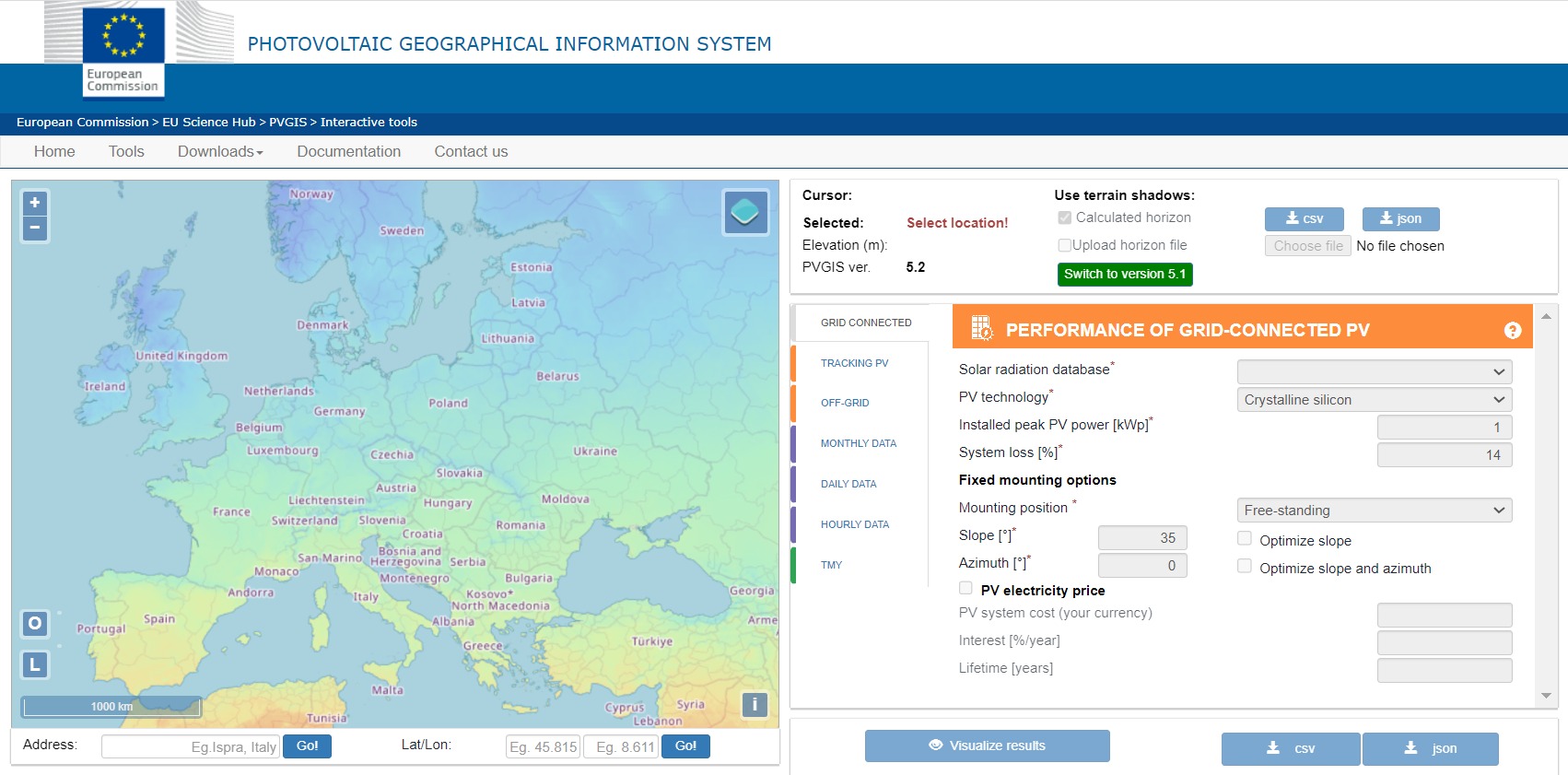Europe stands at a pivotal juncture. As the pressing need to overhaul its energy landscape intersects with geopolitical tensions and economic challenges, new focus has been placed on how the bloc can move forward with its energy promises. Enter: EU’s Photovoltaic Geographic Information System.
Currently, energy consumption accounts for over 75 percent of the EU’s greenhouse gas emissions, and, with the pledges of the Paris Climate Agreement drawing nearer by the year, this is a statistic that has fueled a sense of urgency to transform the continent’s energy systems. The recent geopolitical upheaval stemming from Russia’s invasion of Ukraine has only intensified this imperative, exacerbating rising energy prices across Europe. In response to these challenges, the European Commission has charted a course toward a more sustainable energy future through the REPowerEU Plan.
The REPowerEU Plan, a comprehensive strategy unveiled by the Commission, outlines a Europe-wide roadmap that comprises a multifaceted series of measures aimed at not only curbing energy consumption but also diversifying energy sources. At its core lies a push to accelerate the adoption of renewable energy, leveraging solar installations and wind farms as pivotal components.
Central to this plan is the integration of cutting-edge technology. Digital mapping tools have emerged as crucial instruments in enabling countries to pinpoint the best locations for renewable energy infrastructure development while mitigating environmental impact.
The EU’s Photovoltaic Geographic Information System simplifies solar data
Like the EU’s Energy and Industry Geography Lab (EIGL), the ‘Photovoltaic Geographic Information System’ (PVGIS), developed by the Joint Research Centre (JRC), stands as a digital repository that meticulously maps Europe’s solar radiation and evaluates photovoltaic system performance. Accessible to a spectrum of stakeholders—from investors and installers to individual citizens—PVGIS empowers users to gauge the potential for solar energy generation, particularly from rooftops in their respective regions. This democratisation of information allows for informed decision-making at both individual and collective levels, allowing the potential for widespread participation in the renewable energy transition.
The PVGIS differs from the EIGL insofar as while EIGL boasts an interactive platform that amalgamates critical data on energy, industry and infrastructure into comprehensive, user-friendly maps, PVGIS’s focus is on providing information on specifically solar radiation and photovoltaic system performance. Both, however, are intended to work together in order to provide Member States with optimum data on where and how to develop their renewable energy sources.
How can tools such as the PVGIS help combat climate change?
While the adoption of renewable energy can appear painstaking to those concerned about Europe’s progress in reaching its climate targets, these sophisticated digital mapping technologies could well serve as beacons of progress. These tools not only facilitate informed decision-making but their open-source nature also democratises access to crucial information. On the one hand, they empower stakeholders across the spectrum, from policymakers to everyday citizens, to actively participate in the continent’s transition toward renewable energy.
On the other, those at the helm of Europe’s decision-making have indeed had access to the data for decades. The issue with the climate crisis, and the lack of progress in tackling it thereof, has never been a lack of information. However, simplifying and streamlining existing information, as long as it’s accurate and reliable, could certainly help to expedite progress in the right hands.
As Europe navigates the complex interplay of geopolitical shifts, economic challenges, and climate imperatives, investing in technological innovation is vital. The fusion of visionary policies, propelled by cutting-edge tools, has the power to propel Europe toward a more resilient, sustainable and inclusive energy future. But, it’s the people the tools are in the hands of that are ultimately in charge of their success.
The post Empowering Europe’s Energy Future: Harnessing JRC’s ‘Photovoltaic Geographic Information System’ appeared first on Digital for Good | RESET.ORG.


